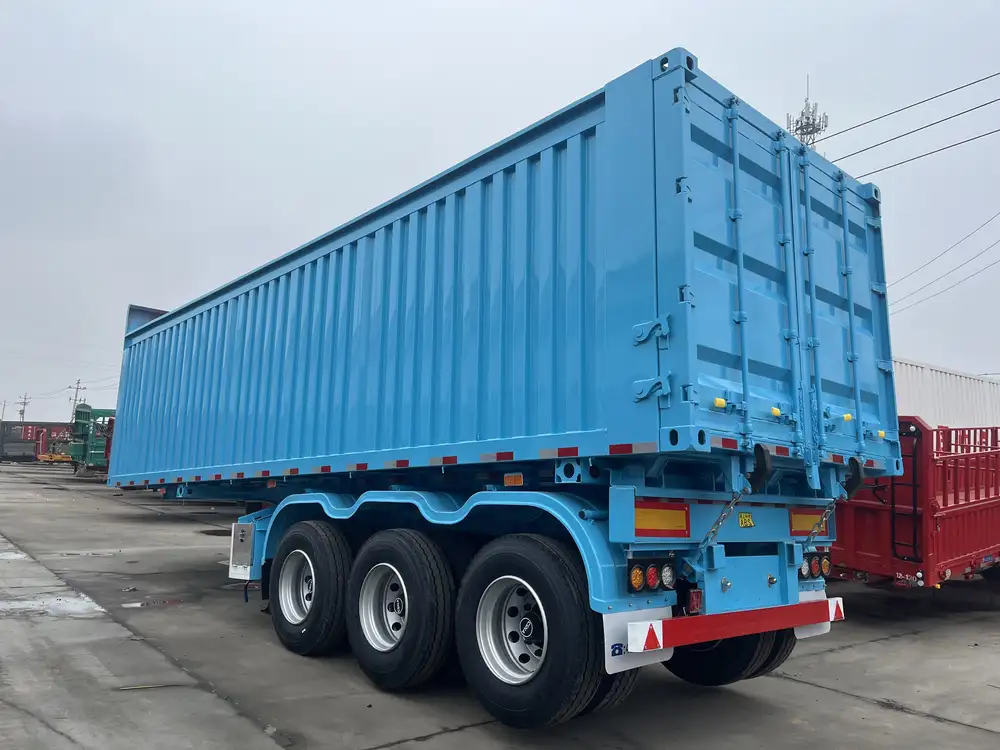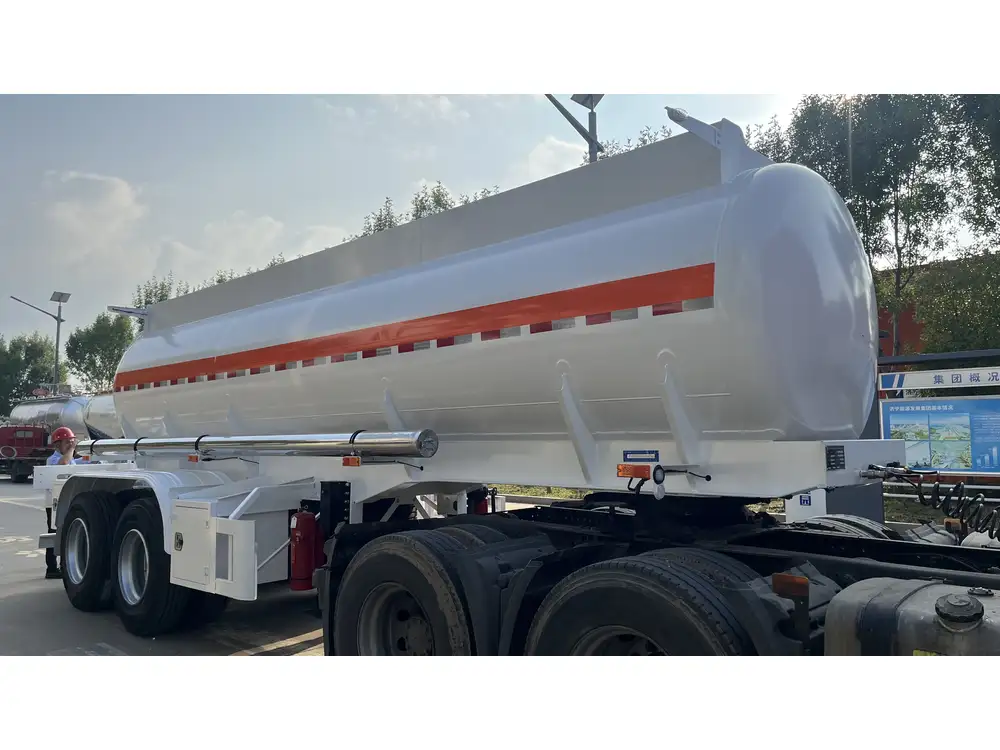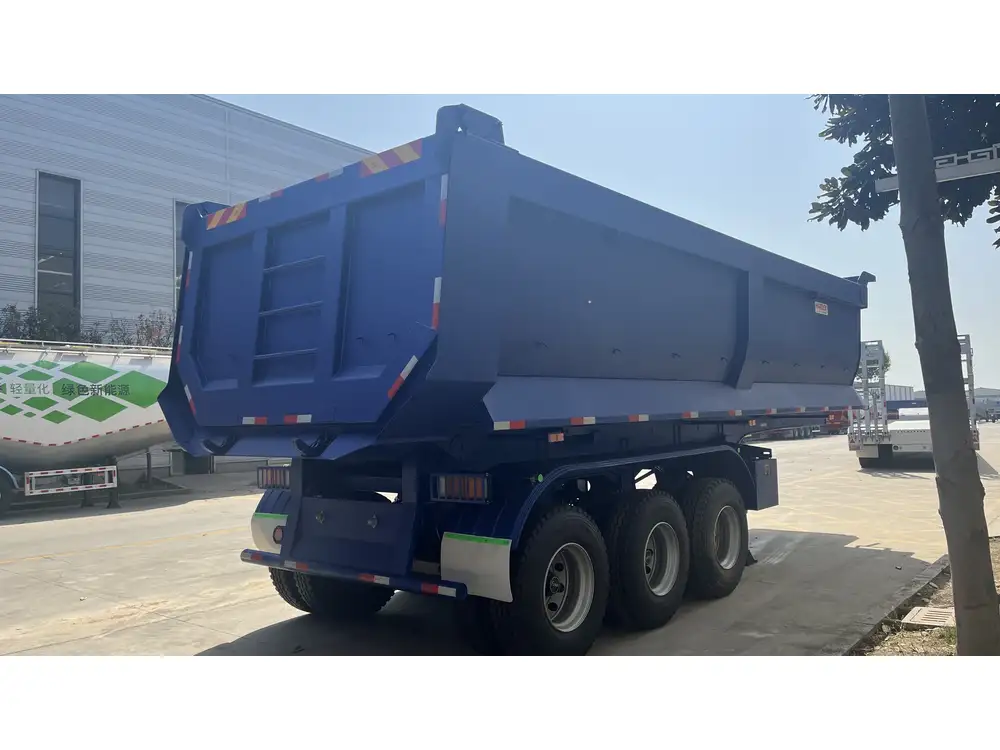In the ever-evolving landscape of the transportation and logistics industry, the specificity and versatility of trailers remain vital in optimizing the efficiency of freight movement. Among various types of trailers, the semi flatbed trailer stands out for its adaptability and comprehensive usage in accommodating an extensive range of cargo. As manufacturers and heavy haulers, our keen understanding of dimensions, capacities, and operational parameters is essential in guiding both novice and seasoned truckers alike.
Understanding Semi Flat Bed Trailers: An Overview
Before delving into the specifics of dimensions, it’s pertinent to grasp the fundamental design and utility of semi flatbed trailers. These trailers typically feature a flat, level platform with no sides or roof, providing a cost-effective solution for transporting large, cumbersome loads. Their design allows for easy loading and unloading, often employing equipment such as cranes or forklifts.
Main Features of Semi Flat Bed Trailers
- Open Design: The absence of sides facilitates easy access for loading equipment, thus accommodating oversized cargo.
- Versatility: Ideal for transporting diverse goods, from machinery and lumber to containers and heavy equipment.
- Weight Distribution: Equipped to handle heavy loads efficiently, thanks to optimally designed axles and support structures.

Standard Dimensions of Semi Flat Bed Trailers
The critical question at hand is: how long is a semi flatbed trailer? The answer is multifaceted, depending on various factors such as the trailer type, the manufacturing standards, and specific customer requirements.
Common Lengths
- 48 Feet: This is the most common length for semi flatbed trailers, particularly favored by logistics companies that require maneuverability and versatility.
- 53 Feet: Increasingly popular, this length maximizes load capacity without overly compromising the ability to navigate tighter spaces.
- 45 Feet: Often utilized for specific operations where length restrictions or specific load types may dictate the choice of trailer.
Detailed Comparison of Flat Bed Trailer Lengths
| Length (Feet) | Common Use Case | Maximum Load Capacity | Pros | Cons |
|---|---|---|---|---|
| 45 | Smaller shipments and tight routes | Up to 48,000 lbs | Easier navigation in urban areas | Lower load capacity compared to 48/53 |
| 48 | General freight and machinery | Up to 48,000 lbs | Balanced capacity and maneuverability | May be limited for oversized loads |
| 53 | Bulk shipments and industrial use | Up to 65,000 lbs | Maximum payload efficiency | Requires more space to maneuver |

Height and Width Dimensions
In addition to length, flatbed trailers also possess standardized width and height parameters. Typically, these trailers maintain a width of 102 inches (or 8.5 feet) and height of 5 feet from the ground to the top of the deck. Understanding these measurements is essential for ensuring compliance with road regulations and for calculating travel routes, especially when passing under bridges or navigating through low-clearance areas.
Regulatory Considerations
When considering the operational use of semi flatbed trailers, it’s prudent to understand how length affects regulatory compliance. Most jurisdictions impose specific limitations on trailer dimensions, including length, width, and height.
- Federal Regulations: In the United States, the Federal Motor Carrier Safety Administration (FMCSA) stipulates regulations regarding trailer lengths to ensure safety and uniformity on roadways.
- State Regulations: Various states may have distinct rules; some might allow longer trailers under particular conditions, such as valid permits or when carrying specific types of goods.
Key Regulations to Consider
- Maximum Length: Generally, the overall length of a commercial vehicle, including the trailer, should not exceed 65 feet—though this can vary.
- Special Permits: For trailers exceeding standard lengths, special overweight or over-dimension permits may be needed.

Factors Influencing Trailer Length Decision
Interestingly, the selection of a semi flatbed trailer length is dictated by multiple factors. Here’s a concise breakdown of considerations that can impact decision-making:
Cargo Type:
- Heavy machinery often requires a longer trailer for stability and safe transport.
- Lightweight, irregularly shaped freight may utilize standard lengths for cost-effectiveness.
Transport Distance:
- Shorter runs may require more maneuverable trailers to navigate through urban environments.
- Long-haul operations benefit from maximizing cargo space per trip.
Route Constraints:
- Urban routes can impose strict limitations on trailer dimensions, thus necessitating a shorter trailer length.
- Highways typically accommodate longer trailers, enhancing transport efficiency.
Operational Efficiency:
- Traders must calculate their load per trip; longer trailers allow for more cargo but demand careful load distribution to maintain safety regulations.
Maintenance and Care for Semi Flat Bed Trailers
Proper maintenance is pivotal in ensuring trailer longevity and performance efficacy. Regular checks and servicing can preempt operational hiccups and promote safety on the road. Here’s a structured approach towards maintenance:
Routine Inspection Checklist
| Maintenance Area | Recommended Frequency | Key Action Items |
|---|---|---|
| Tires | Weekly | Check for proper inflation, tread depth, and any signs of wear or damage. |
| Brakes | Monthly | Inspect brake pads and discs for wear; ensure proper functionality. |
| Lights and Electrical | Monthly | Verify all lights (turn signals, brake lights) are operational; inspect electrical connections for corrosion. |
| Trailer Bed | Monthly | Look for cracks, rust, or structural damage; ensure that deck is clean and free from debris. |
| Load Securement Equipment | Before Each Load | Inspect straps, chains, and any locking mechanisms for fraying, wear, or defects ensuring safe transport of cargo. |

Seasonal Considerations
Certain seasonal adjustments are advisable:
- Winter: Trailers should be equipped with anti-skid mats and reflective markers for visibility in low-light conditions.
- Summer: Regular checks for overheating of brakes and wheel bearings are essential during peak temperatures.
Best Practices for Loading and Unloading
Efficient use of flatbed trailers hinges on appropriate loading techniques. Here are best practices to ensure safety and efficiency:
- Load Distribution: Inland loads should be evenly distributed to avoid trailer swaying and ensure safe handling.
- Secure Load: Utilize a combination of straps, chains, and tarps to secure the cargo effectively to the flatbed.
- Adhere to Weight Limits: Understanding both the trailer’s capacity and local regulations is imperative to maintaining compliance.
Conclusion: Making an Informed Choice
In summary, the decision surrounding the length of a semi flatbed trailer is multifaceted and should be approached with thorough consideration of a myriad of factors, including cargo type, regulatory frameworks, and operational efficiency.
As manufacturers of semi-trailers, we emphasize the importance of understanding these dimensions not only to comply with regulations but also to optimize transportation operations, enhancing both safety and efficiency. Whether you’re considering procuring a semi flatbed trailer for the first time or reassessing your existing fleet, embracing a comprehensive understanding of dimensions—especially how long is a semi flatbed trailer—can lead you to make informed choices that promote sustained success in the logistics and transportation industry.



